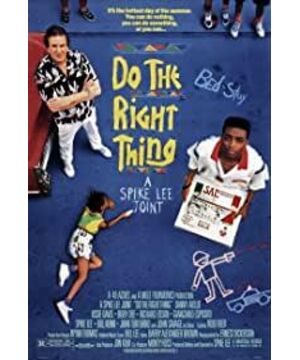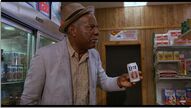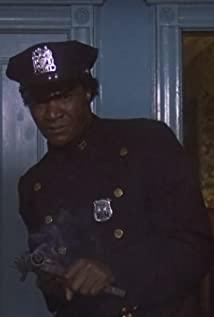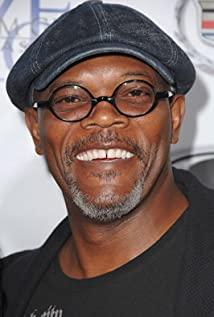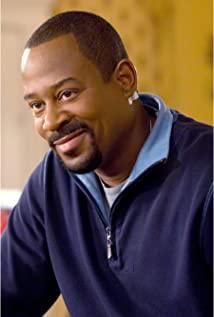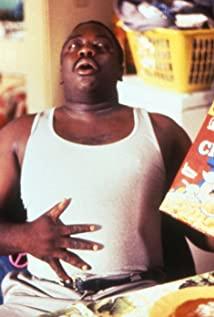That style also influenced the movie. A mix of big long takes, camera moves, mise-en-scene, tilted footage, hand-held cameras, quick edits, anamorphic wide-angle close-ups.
The director achieved what he wanted to achieve: to present what has happened, what might happen, and what is about to happen, and guide the viewers to think and discuss.
There are no absolute bad guys or good guys in this movie, everyone is doing their own thing. Maybe that's where the name came from?
Two narrative threads, one is Sal's pizza shop, and the other is Mucci's life... In the same black neighborhood, Mucci is the axis of the story. In this story, there are no direct driving events leading to the final outcome, but the seemingly unrelated plots scattered throughout the film create a trend toward the final climax. All things happen randomly, but the result is inevitable. However, the director obviously does not want to dwell on such a philosophical topic with a fatalistic point of view. The result is determined to happen, and the previous atmosphere creation and various random appearances are the focus. Started with the morning radio saying it was the hottest day, and had to buy pizza street food after closing... just for the purpose.
I think that's why the film is also a traditional Hollywood narrative structure.
When I watched the film, it happened to be the time when I was in Beijing’s Demolition Primary School, and there were all kinds of comments in it. There is no ethnic conflict in China, but there is regional discrimination... It is also very interesting to imagine that the scene is replaced by the old Beijing in the hutong, the foreigners who have no money, the rich foreigners, the second-generation aborigines, and the Beijing officials from other places...
View more about Do the Right Thing reviews


